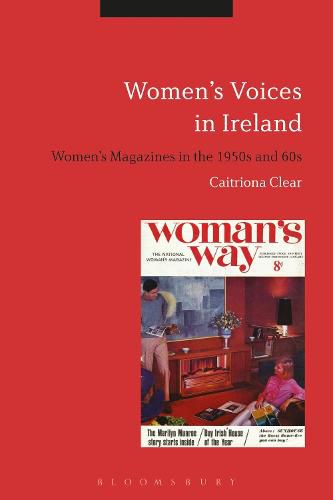Readings Newsletter
Become a Readings Member to make your shopping experience even easier.
Sign in or sign up for free!
You’re not far away from qualifying for FREE standard shipping within Australia
You’ve qualified for FREE standard shipping within Australia
The cart is loading…






Women’s Voices in Ireland examines the letters and problems sent in by women to two Irish women’s magazines in the 1950s and 60s, discussing them within their wider social and historical context. In doing so, it provides a unique insight into one of the few forums for female expression in Ireland during this period.
Although in these decades more Irish women than ever before participated in paid work, trade unions and voluntary organizations, their representation in politics and public and their workforce participation remained low. Meanwhile, women who came of age from the late 1950s experienced a freedom which their mothers and aunts - married or single, in the workplace or the home - had never known. Diary and letters pages and problem pages in Irish-produced magazines in the 1950s and 60s enabled women from all walks of life to express their opinions and to seek guidance on the social changes they saw happening around them.
This book, by examining these communications, gives a new insight into the history of Irish women, and also contributes to the ongoing debate about what women’s magazines mean for women’s history.
$9.00 standard shipping within Australia
FREE standard shipping within Australia for orders over $100.00
Express & International shipping calculated at checkout
Women’s Voices in Ireland examines the letters and problems sent in by women to two Irish women’s magazines in the 1950s and 60s, discussing them within their wider social and historical context. In doing so, it provides a unique insight into one of the few forums for female expression in Ireland during this period.
Although in these decades more Irish women than ever before participated in paid work, trade unions and voluntary organizations, their representation in politics and public and their workforce participation remained low. Meanwhile, women who came of age from the late 1950s experienced a freedom which their mothers and aunts - married or single, in the workplace or the home - had never known. Diary and letters pages and problem pages in Irish-produced magazines in the 1950s and 60s enabled women from all walks of life to express their opinions and to seek guidance on the social changes they saw happening around them.
This book, by examining these communications, gives a new insight into the history of Irish women, and also contributes to the ongoing debate about what women’s magazines mean for women’s history.